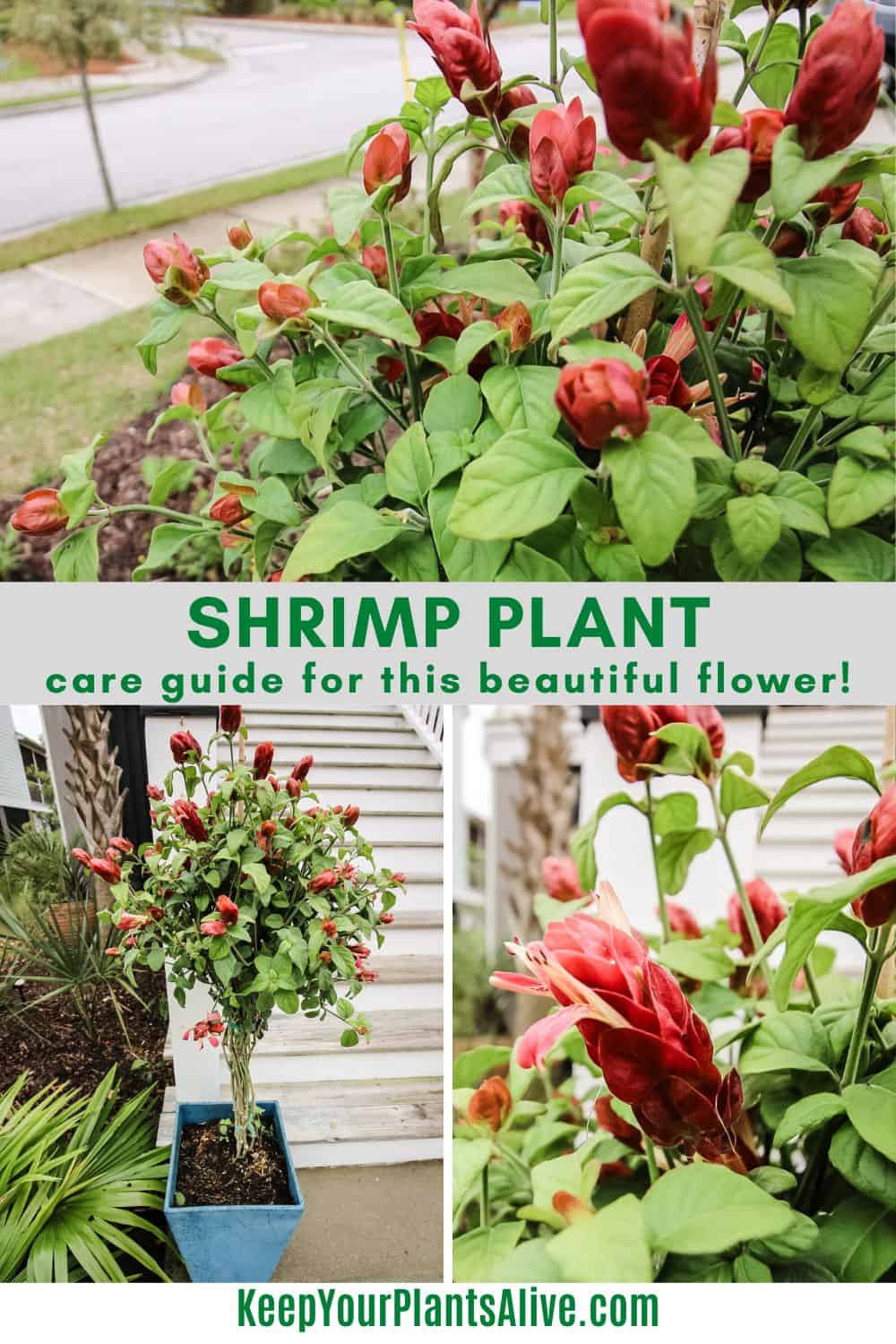Want to add a citronella plant to your garden? Here is my complete citronella plant care guide to help get you started!
Citronella plants are known for their delightful lemony fragrance and their ability to repel mosquitoes.
In this post, we'll provide you with a comprehensive citronella plant care guide, perfect for beginner houseplant and garden enthusiasts.
By following these essential care tips, you'll ensure your citronella plants thrive and enhance your outdoor space. Let's dive in!

Understanding Citronella Plants
Citronella plants are super popular outdoor plants that naturally repel mosquitoes.
They also grow really easy in many environments, have a lush, bushy green look, and smell great.
There are a few species of citronella plants, with Cymbopogon nardus and Cymbopogon winterianus being the most commonly cultivated ones.
Citronella is native to India, and therefore prefers growing conditions that include:
Warm climate
Citronella plants thrive in warm climates, preferably with temperatures between 70°F (21°C) and 95°F (35°C).
Full sun exposure
These plants require at least six to eight hours of direct sunlight each day to grow and develop properly.
Well-draining soil
Citronella plants prefer soil that drains well to avoid water-logging, which can lead to root rot. A rich potting mix or garden soil with good drainage properties is recommended.
Moist soil
While it's important to avoid overwatering, citronella plants need consistent moisture. Water deeply when the top inch of soil feels dry, and ensure proper drainage to prevent water accumulation.
Adequate spacing
Give each citronella plant enough space to grow and spread out. Depending on the specific variety, they may require a spacing of around 24 to 36 inches (61 to 91 cm) between plants.
Protection from frost
Citronella plants are sensitive to frost and should be protected in colder climates. If you're growing them in pots, consider bringing them indoors during the winter months.
For outdoor plants planted in the ground, use protective coverings to shield them from frost.
Minimal wind exposure
While citronella plants can tolerate some breeze, excessive wind can cause damage to their foliage. Planting them in areas protected from strong winds is ideal.
Adequate humidity
Citronella plants prefer moderate to high humidity levels. If you live in a dry climate, consider using a humidifier or misting the plants occasionally to increase the humidity around them.
Regular airflow
While citronella plants enjoy some humidity, it's equally important to ensure good air circulation to prevent the growth of fungal diseases.
Avoid overcrowding plants and provide adequate space between them for proper airflow.
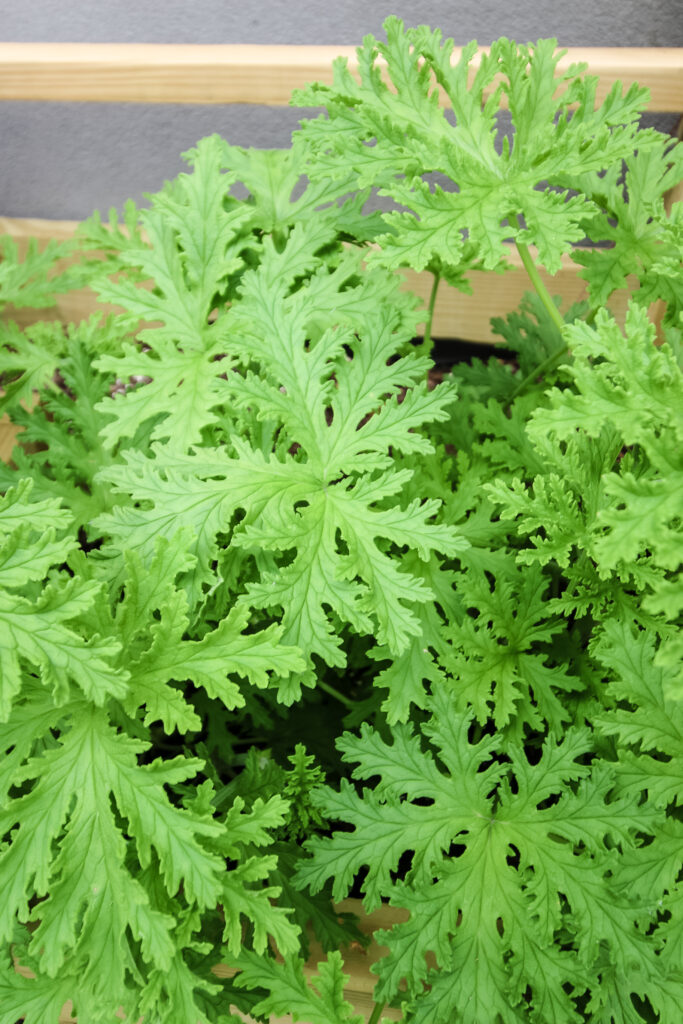
Planting Citronella
The best time to plant citronella is typically in the spring after the threat of frost has passed.
There are two main methods for planting citronella: starting from seeds or purchasing established plants from nurseries. Here's a description of each method:
Starting from Seeds:
To plant citronella seeds, first fill a seed tray or small pots with a well-draining potting mix.
Sow the citronella seeds on the surface of the soil and lightly press them in, ensuring they are not buried too deep.
Mist the soil lightly with water to moisten it, but avoid overwatering. Place the seed tray or pots in a warm location with indirect sunlight.
Maintain consistent moisture by misting the soil whenever it feels dry.
Germination typically takes around two to three weeks.
Once the seedlings have developed a few sets of leaves and are strong enough to handle, transplant them into larger pots or a prepared garden bed, ensuring proper spacing.
Purchasing Established Plants
If you don't want to wait for seeds to sprout, it's best to buy an established citronella plant.
Visit a local nursery or garden center to find established citronella plants. Look for healthy plants with vibrant green foliage and no signs of pests or diseases.
Choose a pot size appropriate for the plant's current size, with enough room for growth.
Inspect the roots to ensure they are well-established and not root-bound. Carefully remove the plant from its nursery container, gently loosening any compacted roots.
Place the plant in a larger pot or prepare a garden bed, making sure the soil is well-draining. Backfill with soil around the roots, gently firming it in place.
Water the plant thoroughly after planting to help settle the soil and provide hydration.
Where to plant citronella
Citronella plants can be planted in containers or in garden beds.
Containers for Citronella Plants
Choose a container that provides adequate space for the plant's root system to grow. The size will depend on the current size of the plant and its expected growth.
Ensure the container has drainage holes to allow excess water to escape, preventing waterlogging and root rot.
Opt for containers made of durable materials like clay, ceramic, or plastic. These materials retain moisture better than materials like metal, which can heat up quickly in direct sunlight.
If you plan to move your citronella plants indoors during colder months, select containers that are easy to lift and carry.
Garden Beds for Citronella Plants
Choose a location in your garden that receives full sun exposure for at least six to eight hours a day.
Prepare the soil by loosening it and incorporating organic matter like compost to improve drainage and nutrient content.
Ensure the garden bed has good drainage to avoid waterlogging, as excessive moisture can be detrimental to citronella plants.
Space the plants adequately in the garden bed, considering their mature size and any companion plants you may want to grow alongside them.
Consider creating a border or edge around the garden bed to prevent the spread of citronella plants, as they can be aggressive in their growth.
Consider grouping citronella plants together in containers or garden beds to create a visually appealing and fragrant display.
Regularly monitor container plants for any signs of overcrowding or rootbound conditions, and if necessary, repot them into larger containers.
Remember to consider the specific needs of your citronella plants when selecting containers or garden beds. Providing adequate space, drainage, and appropriate growing conditions will help ensure their health and longevity.
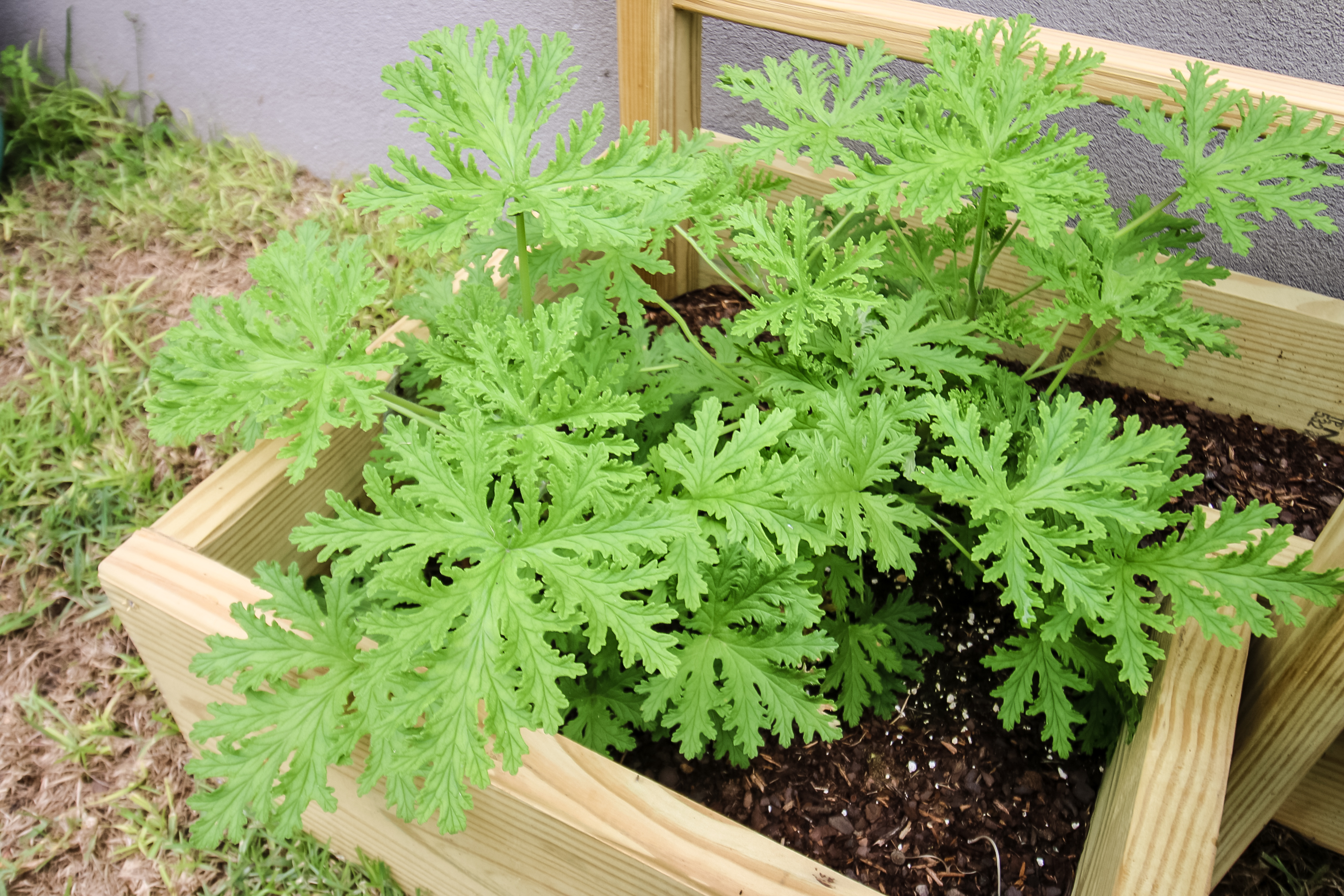
Watering and Moisture
Watering is a crucial aspect of citronella plant care, and maintaining the right moisture level is essential for their well-being. Here's some information to educate readers about the watering needs of citronella plants:
Proper watering ensures the plant receives enough hydration to support its metabolic functions and maintain lush foliage.
Citronella plants require consistent moisture, but it's crucial to avoid overwatering, as it can lead to root rot and other fungal diseases.
Inadequate watering can cause the plant to dry out, impacting its overall health and growth.
When to water citronella plants
A general guideline for watering citronella plants is to water them deeply when the top inch of soil feels dry to the touch.
Stick your finger about an inch into the soil, and if it feels dry at that depth, it's time to water.
Avoid following a strict watering schedule, as the frequency may vary depending on factors such as climate, temperature, and humidity.
Pay attention to environmental conditions and adjust the watering frequency accordingly, allowing for some flexibility.
Watering Techniques
When watering, apply water evenly to the soil around the plant, ensuring thorough saturation.
Water at the base of the plant rather than overhead to minimize foliage wetness, which can lead to diseases and leaf rot.
Slow, deep watering allows the water to penetrate the soil and reach the root zone, promoting healthy root development.
Avoid watering shallowly or too frequently, as it encourages shallow root growth and increases the risk of moisture-related issues.
Mulching Benefits
It can be great to use mulch, such as wood chips or shredded bark, around the base of citronella plants.
Mulching helps retain soil moisture by reducing evaporation, keeping the root zone consistently moist.
It also regulates soil temperature, protecting the roots from extreme heat or cold.
Apply a layer of mulch around 2-3 inches thick, ensuring it does not touch the plant stems to prevent rot.
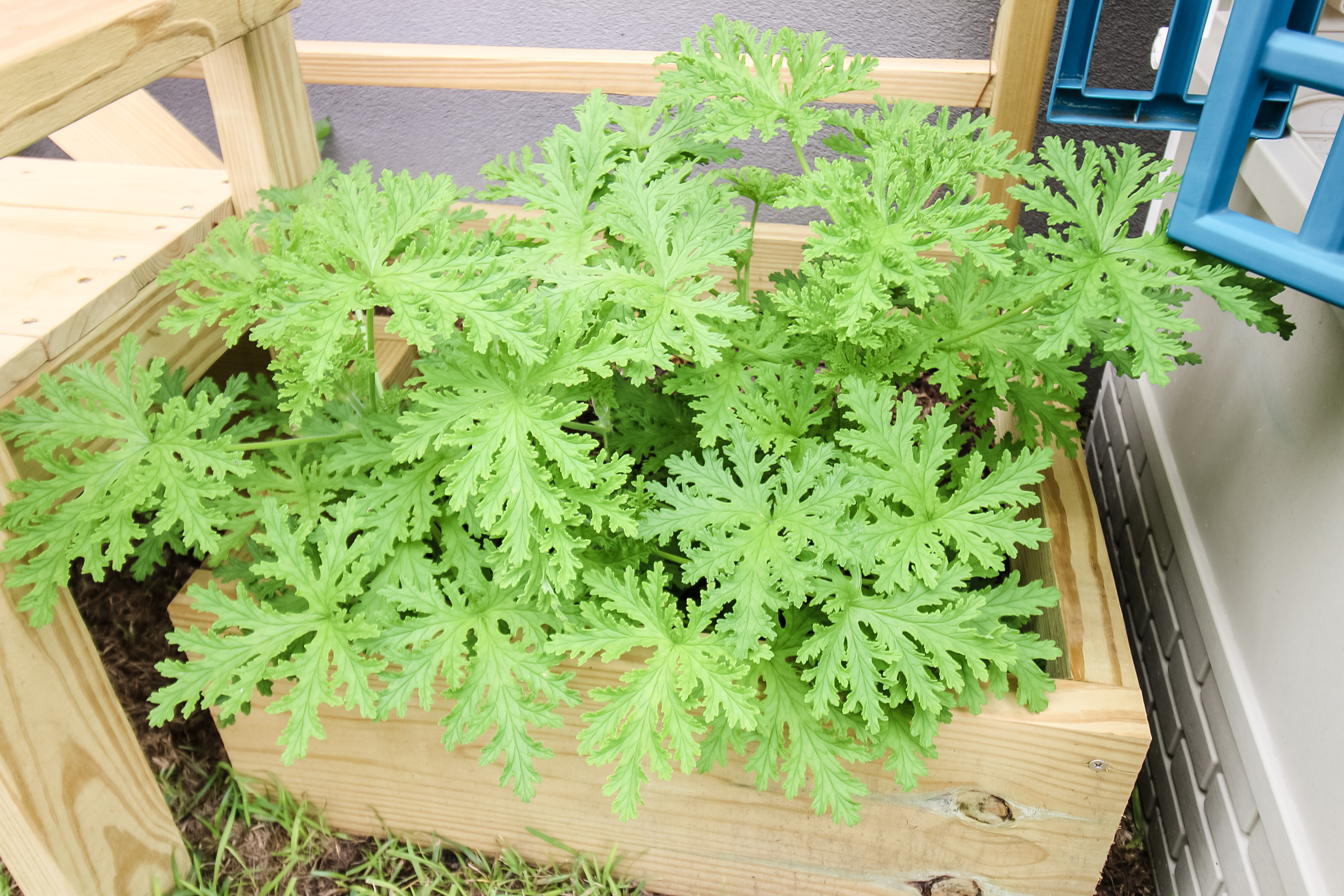
Sunlight Requirements
Citronella plants have specific sunlight preferences that play a vital role in their growth and overall health. Here's an explanation of their sunlight needs and tips for both indoor and outdoor gardeners:
Citronella plants thrive in full sun conditions, requiring a minimum of six to eight hours of direct sunlight each day.
Direct sunlight is crucial for their photosynthesis process, promoting robust foliage growth and the production of aromatic compounds.
Insufficient sunlight can result in leggy, weak growth, fewer flowers, and reduced fragrance potency.
Outdoor placement is highly beneficial for citronella plants due to the abundance of sunlight available.
Choose a location in your garden, patio, or balcony that receives full sun for most of the day.
Ensure the plants are not shaded by buildings, trees, or other structures that may obstruct sunlight.
Outdoor placement allows for natural air circulation, which helps prevent fungal diseases and promotes overall plant health.
Consider placing citronella plants in raised garden beds or containers that can be moved to follow the sun's path throughout the day.
Can you keep citronella indoors?
You can keep citronella indoors if they still have access to six to eight hours of direct sun a day.
Place citronella plants near sunny windows where they can receive the maximum amount of sunlight possible.
South-facing windows generally provide the most sunlight throughout the day.
Rotate the plants occasionally to ensure all sides receive equal light exposure, promoting balanced growth.
If natural sunlight is limited or not available, consider using artificial grow lights specifically designed for plants.
Position the grow lights a few inches above the plants and provide them with approximately 12 to 16 hours of light per day.
Choose grow lights that emit a full spectrum of light to mimic natural sunlight and promote healthy growth.
By providing citronella plants with the recommended six to eight hours of direct sunlight daily, whether through sunny windows or outdoor placement, gardeners can ensure vigorous growth, strong fragrance, and optimal mosquito-repelling properties.
Adjusting the lighting conditions based on the plant's needs will result in healthier and more vibrant citronella plants.
Soil and Fertilization
Having well-draining soil is crucial for the health and longevity of citronella plants.
Citronella plants are susceptible to root rot and other moisture-related issues when exposed to excessive moisture.
Well-draining soil allows excess water to drain away, preventing water-logging and maintaining an optimal moisture level for the roots.
Proper drainage also ensures that oxygen reaches the root zone, promoting healthy root development and overall plant growth.
Opt for a well-balanced potting mix that contains a combination of organic matter, such as compost, and materials like perlite or vermiculite to improve drainage.
Avoid heavy clay soils or compacted soils that retain moisture for extended periods.
Consider adding organic matter or coarse sand to the soil to improve drainage, especially in garden beds with heavier soils.
Ensure that the soil is loose and well-aerated to allow water to flow freely through it.
Fertilization for Healthy Growth
Citronella plants benefit from periodic fertilization to ensure they receive adequate nutrients for healthy growth.
Use a balanced, slow-release fertilizer with equal or near-equal ratios of nitrogen (N), phosphorus (P), and potassium (K).
Follow the instructions on the fertilizer packaging for application rates and frequency.
Apply the fertilizer evenly around the base of the plant, avoiding direct contact with the stems or foliage.
Fertilize during the growing season, typically from spring to summer, when the plant is actively growing.
Avoid over-fertilization, as it can lead to excessive foliage growth at the expense of fragrance potency.
Pruning and Maintenance
Regular pruning plays a significant role in maintaining the shape, health, and overall vitality of citronella plants.
Pruning helps maintain the desired shape and size of citronella plants, promoting a more aesthetically pleasing appearance.
Removing dead, damaged, or yellowing leaves improves the plant's overall health and reduces the risk of pests and diseases.
Pruning stimulates bushier growth by encouraging lateral branching, resulting in a fuller and more compact plant.
Pinching off flowers redirects the plant's energy towards foliage production, enhancing the aromatic properties and mosquito-repelling capabilities.
Pruning and Shaping Guidelines
Start pruning citronella plants when they are young to establish a well-shaped plant structure.
Use clean and sharp pruning shears or scissors to make precise cuts and minimize damage to the plant.
Begin by removing any dead, yellowing, or diseased leaves, cutting them back to healthy growth.
Trim back any leggy or excessively long stems to promote a more compact and bushy appearance.
Prune the plant in a way that maintains a balanced shape, ensuring an even distribution of foliage.
Consider pruning in early spring or late winter when the plant is dormant or during the growing season to shape and maintain its appearance.
Regularly pinch off the flowers as they appear, especially during the initial growth stages, to redirect the plant's energy towards leaf production.
Removing the flowers encourages the plant to put its energy into producing more foliage rather than focusing on flowering.
By redirecting the energy towards foliage growth, the citronella plant becomes more lush, dense, and fragrant.
Pinching off the flowers also helps prevent self-seeding, maintaining the plant's energy reserves and preventing it from spreading uncontrollably.
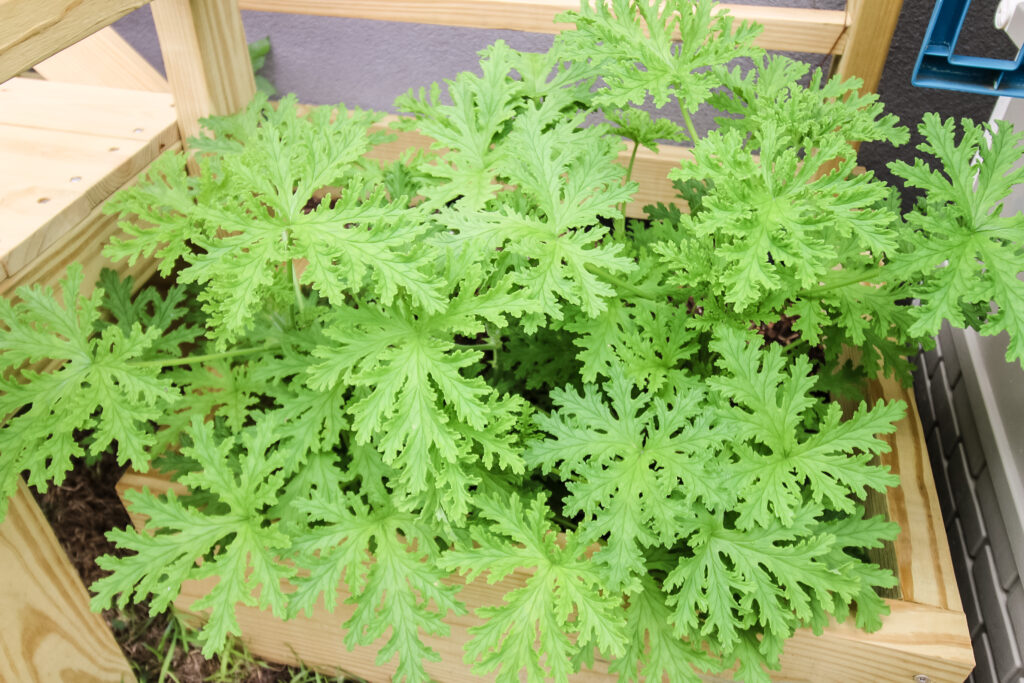
Overwintering and Protection
Overwintering citronella plants in colder climates is crucial to protect them from frost damage. These plants are native to warm areas and will not survive a frost.
If you have citronella plants in pots, consider bringing them indoors before the first frost.
Choose a suitable location with ample sunlight, such as a sunny window or a room with grow lights.
Before bringing them inside, inspect the plants for any pests or diseases and address them appropriately.
Trim back the plants slightly to reduce their size and encourage bushier growth during the dormant period.
Water the plants sparingly during winter, allowing the soil to dry out slightly between waterings to prevent overwatering.
Monitor the indoor temperature and humidity levels, aiming for a range of 60-70°F (15-21°C) and moderate humidity.
Provide sufficient indirect sunlight or supplemental grow lights to maintain plant health during the winter months.
Outdoor Overwintering with Protective Coverings
If you prefer to keep your citronella plants outdoors, consider using protective coverings during the winter.
Before the first frost, prune the plants to remove any dead or damaged foliage.
Mulch the base of the plants with a thick layer of organic mulch to insulate the roots and protect them from extreme temperatures.
Cover the plants with frost blankets, burlap, or other breathable materials to shield them from frost and cold winds.
Ensure the coverings are securely fastened to prevent them from blowing away.
Periodically check under the coverings to ensure there is no excessive moisture buildup or pest infestation.
Be cautious of overwatering during the dormant period, as reduced growth and lower water requirements are expected.
Troubleshooting and Pest Control
Citronella plant owners may encounter various issues, including pests and fungal diseases.
Here are some tips to address common problems and maintain the health of your citronella plants:
Pest Control
Aphids, spider mites, and whiteflies are common pests that can affect citronella plants.
Regularly inspect your plants for signs of infestation, such as distorted leaves, webs, or tiny insects.
For minor infestations, manually remove pests by spraying the plants with a strong stream of water or wiping them off with a damp cloth.
Consider using natural remedies like neem oil, insecticidal soaps, or horticultural oils. Dilute according to the instructions and apply them to affected areas, including the undersides of leaves.
Repeat treatments as necessary, ensuring thorough coverage of the plant.
Introduce beneficial insects like ladybugs or lacewings, which feed on common pests and help control their populations.
Fungal Diseases
Citronella plants can be susceptible to fungal diseases like powdery mildew or leaf spot.
Ensure proper air circulation around the plants by spacing them adequately and avoiding overcrowding.
Avoid overhead watering, as wet foliage promotes fungal growth. Instead, water at the base of the plant.
Remove any infected or damaged leaves promptly to prevent the spread of fungal spores.
Apply a fungicide labeled for use on ornamental plants if fungal diseases persist. Follow the instructions carefully and apply at recommended intervals.
Regular Inspection and Action
Regularly inspect your citronella plants for any signs of trouble, including pests, diseases, or nutrient deficiencies.
Examine the foliage, stems, and undersides of leaves to catch problems early.
Take prompt action at the first sign of trouble to prevent the issue from worsening.
Maintain good gardening practices, including proper watering, suitable soil conditions, and appropriate fertilization, to promote plant health and resilience.
By following these citronella plant care guidelines, you'll be well-equipped to keep your plants alive, healthy, and mosquito-free.
Remember to provide adequate sunlight, water consistently, and attend to their basic needs.
With your thriving citronella plants, you'll create a refreshing and aromatic atmosphere while enjoying the benefits of natural mosquito repellents. Happy gardening!
Thanks for reading!


Hey there, I'm Morgan, a houseplant enthusiast from sunny Charleston, South Carolina. Growing up surrounded by my mom's lush orchids and African violets, I discovered the magic of bringing nature indoors. Thanks to the pandemic, I delved deeper into houseplants, discovering their power to uplift moods and transform spaces. I'm here to spill all my secrets, helping you pick the perfect houseplant - and make it happy. Let's keep your plants alive, together! 😊


